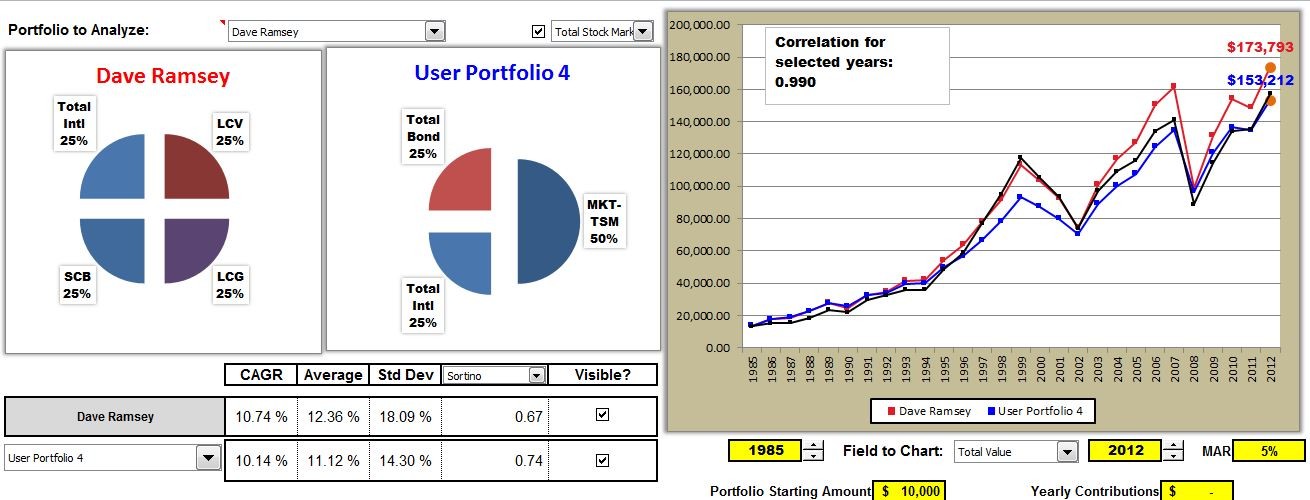TSP 5 Reasons Why It s the Best Retirement Plan Ever (^GSPC)
Post on: 22 Июнь, 2015 No Comment

Source: Thrift Savings Plan
Retirement planning has always been a challenge for workers, and policymakers have struggled to find ways to encourage workers to save more for their golden years. Yet 401(k) plans, which are by far the most commonly available retirement plan for most Americans, have been mired in controversy for years, as critics have attacked the high fees they sometimes charge and the lack of commitment that some companies have shown by cutting back on employer contributions to the plans during tough times.
One possible solution, though, has hidden in plain sight for years. The federal government’s Thrift Savings Plan, also known as the TSP, serves the same function as private 401(k) plans, but it also has a number of advantages that 401(k)s and other private plans usually don’t match. Let’s take a look at five reasons why the TSP might just be the best retirement plan available to U.S. workers and whether you might be able to get into the TSP in the future.
1. The TSP’s costs can’t be beat
In a world where 1% management fees are alarmingly common, the Thrift Savings Plan is a model of efficiency. Plan options in 2013 cost between 0.026% and 0.039%, meaning that for every $100,000 saved in the plan, members paid only $26 to $39 in annual fees. Compared to the hundreds or even thousands of dollars that some 401(k) participants pay, the TSP is a huge bargain for cost-conscious retirement savers.
2. The TSP’s investment options are simple but comprehensive
The Thrift Savings Plan offers two sets of pooled funds, with each fund designated by a letter. One set includes five funds tied to specific asset classes. The G Fund owns short-term government securities and fills the same role as a money market or short-term bond fund. The F Fund, meanwhile, owns longer-term fixed-income securities, tracking an index that includes not only government bonds but also corporate, mortgage-backed, and foreign government bonds.
On the stock side of the equation, the C Fund tracks the S&P 500 Index ( SNPINDEX: ^GSPC ). while the S Fund owns shares of small and midsized companies to flesh out participants’ exposure to the whole U.S. stock market. The I Fund, meanwhile, invests in international stocks in nearly two dozen countries that make up the developed markets of Europe, Asia, and the Far East.
Source: TSP
The L Fund makes up the other set of funds and is analogous to target-retirement mutual funds, allowing you to pick one of five different time frames and having the fund manager gradually change your investment mix to reflect reduced risk as your time horizon gets shorter. Currently, there are L Fund options for 2020, 2030, 2040, and 2050, as well as a current-income fund for those already taking withdrawals. Each L Fund keeps certain percentages of assets in the other TSP Funds, maximizing efficiency.
3. The TSP offers the same opportunities to save as 401(k) plans
The Thrift Savings Plan has many features that you’ll see in 401(k) plans. Those under age 50 can save up to $18,000 in 2015 in the TSP, while those 50 and older can add an extra $6,000, maxing out at $24,000 in total. You can elect either traditional or Roth TSP contributions, either earning upfront tax benefits or getting tax-free treatment when you withdraw funds in retirement.
TSPs also offer flexibility by allowing in-service loans, charging the same loan rate at which the G Fund pays interest. Loans can be up to $50,000 and can have terms of up to five years for general purpose loans or up to 15 years for loans tied to purchasing your primary residence. In addition, you have a full range of withdrawal options, including lump sum payments and annuitized monthly payments that will continue throughout your lifetime.
4. The TSP gives some federal workers matching contributions
Workers in the Federal Employees Retirement System are entitled to receive matching contributions from TSP contributions. The agency for which the employee works contributes an automatic 1% regardless of whether you participate in the plan. In addition, the government matches the first 3% of your pay dollar for dollar, and then matches the next 2% of your pay at $0.50 per $1 you contribute. All in all, that means that the government puts in as much as 5% on your behalf as long as you save at least that same 5% of your salary from your own pay.
Unfortunately, workers in the Civil Service Retirement System don’t get matching contributions, but they get offsetting retirement pension benefits that FERS workers don’t receive. In addition, uniformed service members like military personnel don’t generally get the TSP match, although some workers in critical jobs can get special designations that make them eligible.
Sen. Marco Rubio of Florida. Source: U.S. Senate














